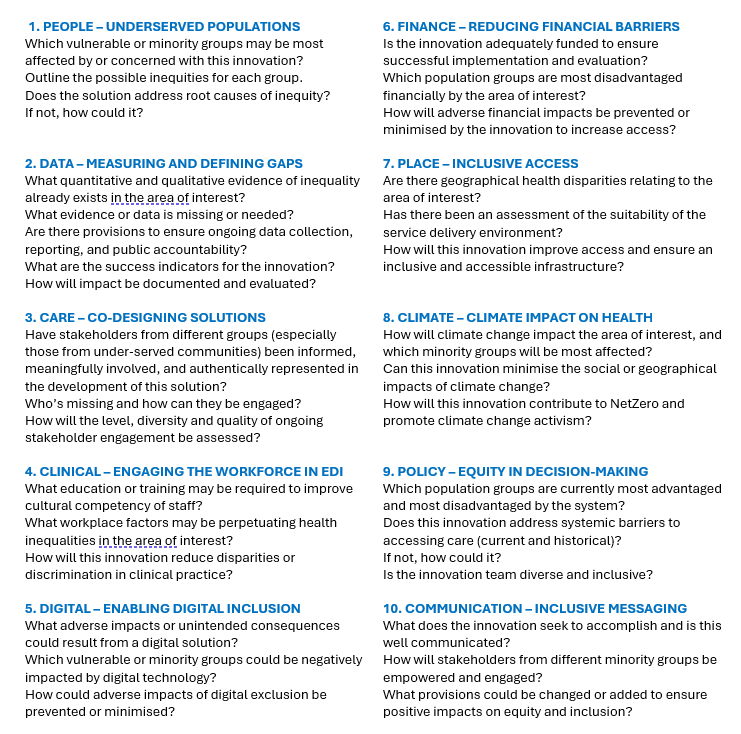These Guidance Notes complement the Invitation to Tender document, the Challenge Brief and the Template Application form, and are designed to help you complete your application to the SBRI Healthcare Programme. You can find all documents on the Competition pages.
Funding prerequisites
The following funding prerequisites apply to all applications and will be considered by the funding Panel:
-
A commitment to involve members of the public and patients in the design and management of the research, evaluation or study.
-
A commitment to actively engage in tackling healthcare inequalities, and in supporting diversity and inclusion, by including communities where the proposed innovation will make the biggest impact.
-
A commitment to make steps towards contributing to the overall carbon neutral strategy for the NHS.
Guidance for completing your application on the Research Management System (RMS) Portal
These notes should be read alongside your application as they are designed to help you provide the information required.
Please keep the use of acronyms to a minimum. Only use acronyms where a term is mentioned frequently throughout the proposal. If you choose to use an acronym, do not assume that the reader knows what it means, and be sure to define it, bearing in mind that individual sections of the application may be read separately during the selection process.
In order for your application to be accepted, you must submit the minimum required information. This information includes all mandatory fields from the application form (as indicated with a red asterisk next to questions). If you do not complete this information, you will not be able to submit your application.
We ask that all participants in the application (Team Members, Sub-Contractors, and Clinical Partners) have approved accounts on the Research Management System so that they can be added to the application form. Please ensure you leave enough time for this – we recommend registering at least 7 days in advance of the competition deadline.
If you do not have all the answers you need to fully complete the application, you may save your progress using the ‘Save and Close’ button and return to the application process at a later date.
Guidance on the individual sections of the application form is provided in the following sections.

